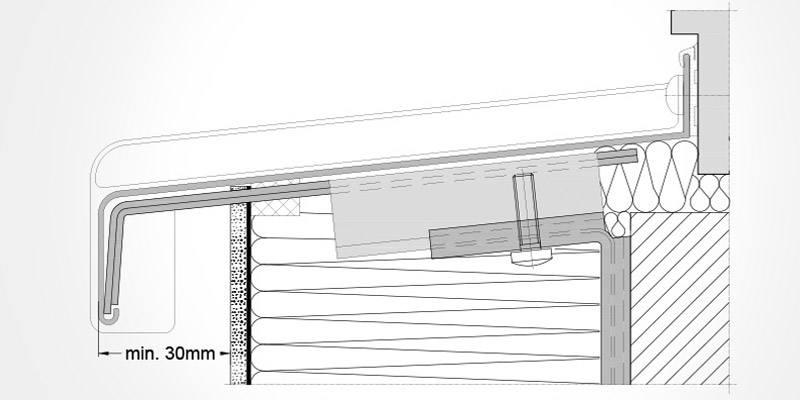Windows provide any home with a clear view of the outside as well as protection against burglary and inclement weather. However, installing a uPVC window sill is an absolute must if you want to fully utilise the potential of your windows. This construction element provides house plants or other decorations a convenient place on the inside, while the external uPVC window sill protects the masonry from accumulating moisture and grime and modern thermal insulation techniques also reliably prevent harmful heat bridges from forming.
The Advantages of the Material
Unplasticised polyvinyl chloride is a synthetic building material used in various fenestration applications, ranging from doors and window frames to a variety of exterior trims and cladding elements. This modern material is in high demand because of its advantageous natural properties, such as:
- Cost-efficiency
- Great thermal insulation
- Durability and longevity
- Low maintenance requirements
One particular benefit of choosing an unplasticised PVC window sill is the simple fact that the one main disadvantage of the material - higher flexibility resulting in lower burglary protection when compared to materials such as wood or aluminium - is entirely irrelevant for the purpose which a window board has to serve.
When installing uPVC windows, their low prices are typically seen as a compensation for the security drawbacks of the material. But as far as window boards are concerned, the great affordability of the synthetic material offers a significant benefit - with no associated drawbacks.


